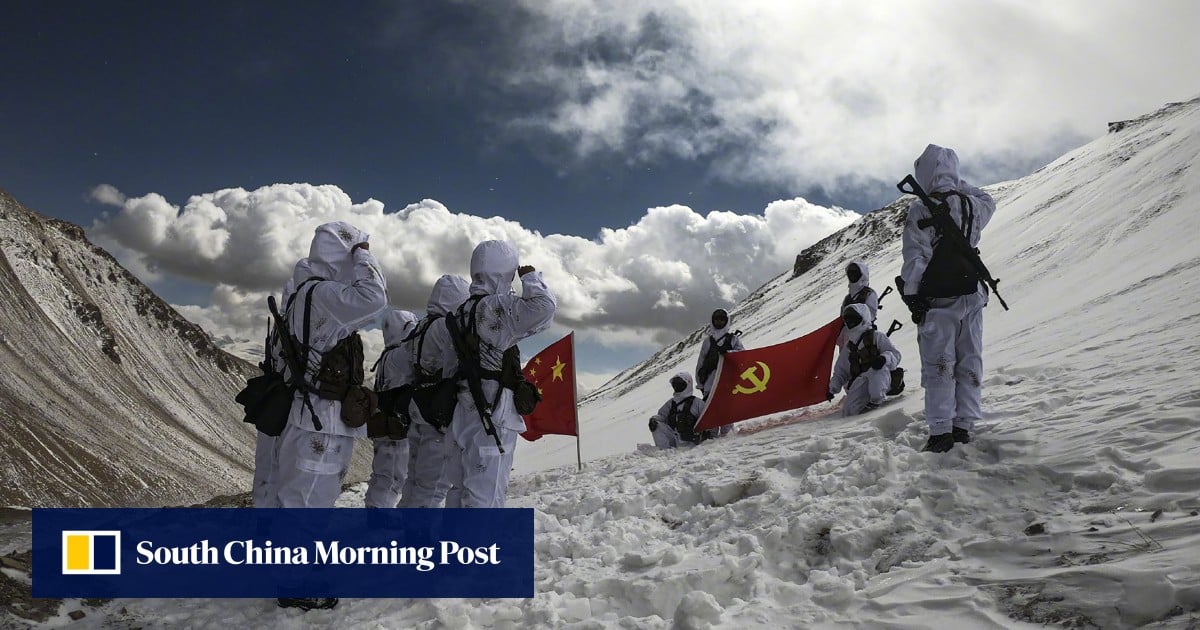
China and India began a new round of military-level border talks on Monday, just a week before Chinese President Xi Jinping and Indian Prime Minister Narendra Modi come face to face in South Africa for the annual Brics summit, and an expected visit to New Delhi by Xi for the Group of 20 summit next month.
The face-off in Galwan Valley, in eastern Ladakh region along the LAC, claimed at least 20 Indian and four Chinese lives in what was their deadliest border encounter in decades.
Despite 18 rounds of talks and four rounds of disengagement, both India and China maintain a significant number of troops and advanced weaponry in eastern Ladakh.
The previous round of negotiations, held in April, had failed to yield any breakthrough and concluded without a joint press statement.
However, an Indian foreign ministry statement later hailed the “frank and in-depth discussion” on restoring “peace and tranquillity in the border areas, which will enable progress in bilateral relations”.
Subrahmanyam Jaishankar, the foreign minister of India, said last week that negotiations had not been halted, and there had been progress on some “very tense” areas in the border dispute.
Advertisement
Wang and Jaishankar were among officials from Brics nations – which also include Brazil, Russia, and South Africa – who had gathered in the South African financial capital for a series of meetings ahead of the August 22-24 leaders’ summit.
He called for policies to “enhance strategic mutual trust” and “focus on consensus and cooperation”, according to a Chinese foreign ministry readout.
China’s moves to assert control on border risk further tensions with India
China’s moves to assert control on border risk further tensions with India
A bilateral meeting between Xi and Modi during next week’s summit has not been ruled out, and the Chinese leader is also expected to visit New Delhi for the September 9-10 G20 summit.
Modi and Xi shook hands and exchanged pleasantries when they met on the sidelines of the G20 summit in Bali in November. The Indian foreign ministry disclosed last week that the two leaders had also discussed the need to “stabilise” bilateral ties.
Advertisement
However, Beijing has yet to send an ambassador to Delhi after Sun Weidong’s three-year tenure ended in October.
Nonetheless, as the US courts India to counter China’s growing influence in the region, New Delhi feels that Beijing has signalled its willingness to make peace at the border.
Advertisement
Indian media outlet News18 quoted “top government sources” in New Delhi as saying that China was “facing a situation with Taiwan and it may not want trouble on two fronts”.
“The dynamics of the increasing closeness between the US and India is also playing a role,” the report cited one of them as saying. “There are some other signals that the Chinese side would want to resolve this.”
Rajiv Dogra, a former Indian diplomat, said it would be an “interesting case study” to see how US-China relations had fared in recent times, compared with developments along the China-India border.
Advertisement
“China has gone to the extent of snapping the dialogue between the Chinese defence minister and the US defence secretary. So, viewed in that comparative prism, there is reason for some optimism that India-China talks have not ruptured,” he said.
Advertisement


